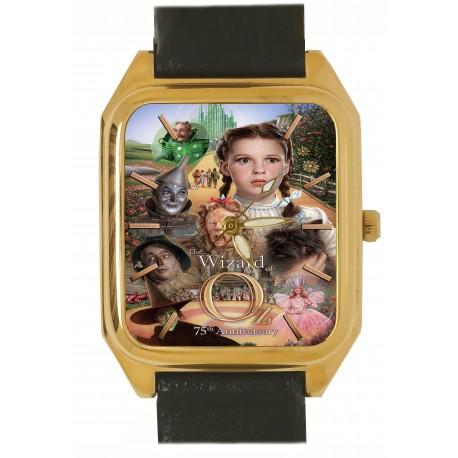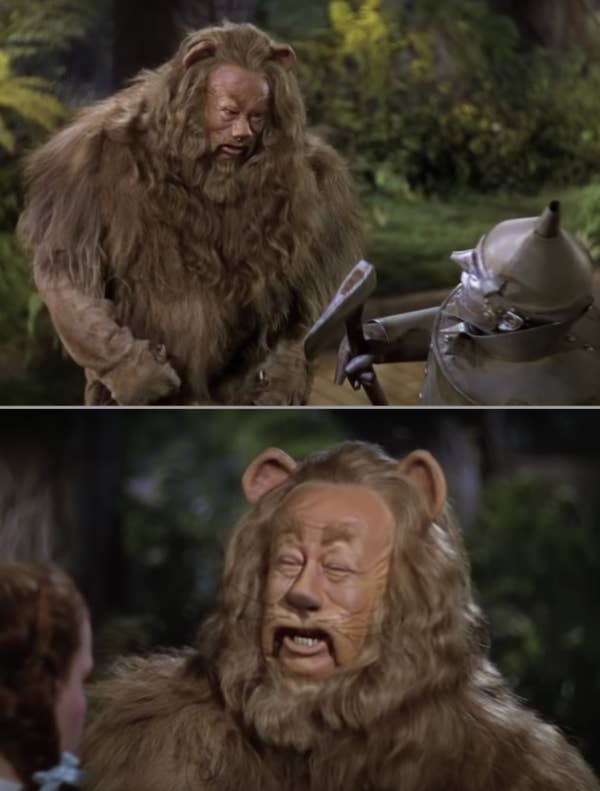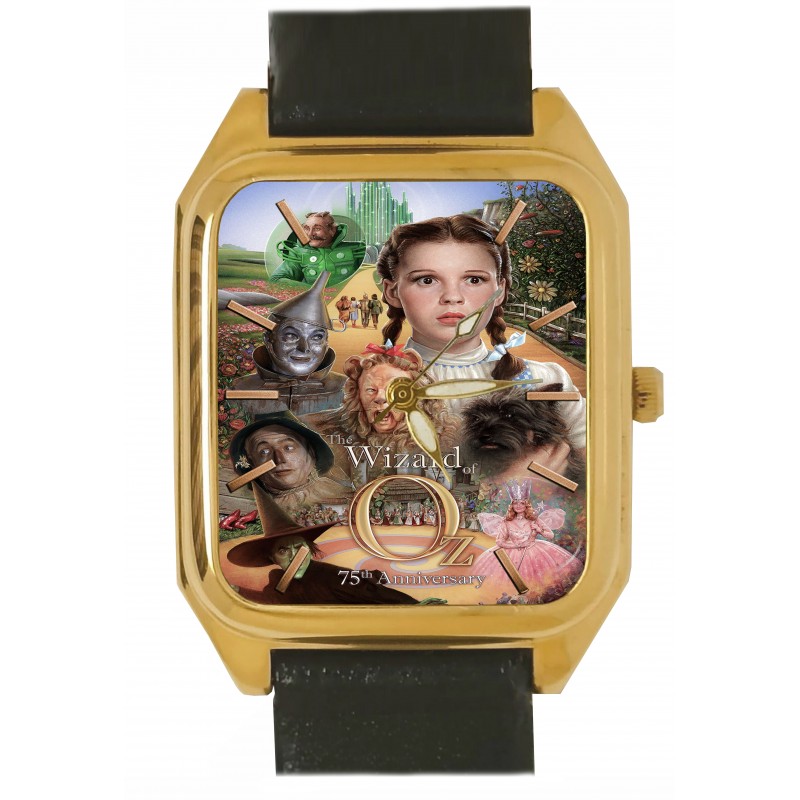Cart 0 Product Products (empty)
No products
To be determined Shipping
$ 0.00 Total
Product successfully added to your shopping cart
Quantity
Total
There are 0 items in your cart. There is 1 item in your cart.
Total products
Total shipping To be determined
Total
Latest Graphic Art Watches
New products
-

Extra-Long Fiberglass Flight Case for Indian 52-Inch Double Tumba Mayur Sitar. Special Locks, Trolley Wheels, Ultra Rugged
Fiberglass Flight Case Special Locking System Trolley Wheels Top...
$ 876.13 -

Reinforced Neck Fusion Electric-Acoustic SITAR. Pro-Grade Studio Version
FULLY-CARVED ACOUSTIC-ELECTRIC STUDIO SITAR w VOL & TONE CONTROLS...
$ 628.23
The Wizard of Oz - Judy Garland, 75th Anniversary Commemorative Solid Brass Tank Watch + Gift Box
New product
- 34 mm ladies size solid brass tank case with stainless steel back
- premium 2040 quartz movement.
- original parchment art acrylic dial
- waterproof bracelet with brass buckle
- 1 year warranty
- beautiful pinewood 1 brass handmade keepsake / gift box
More info
1. The face mask that Ray Bolger wore for his Scarecrow costume was made of rubber, and it was so heavy and tight that it nearly suffocated him several times.
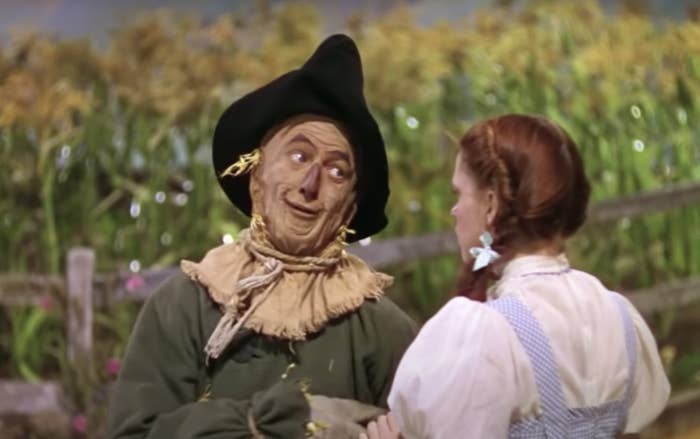
2. The studio executives at MGM treated Judy Garland so terribly that they often referred to her as "a fat little pig with pigtails."
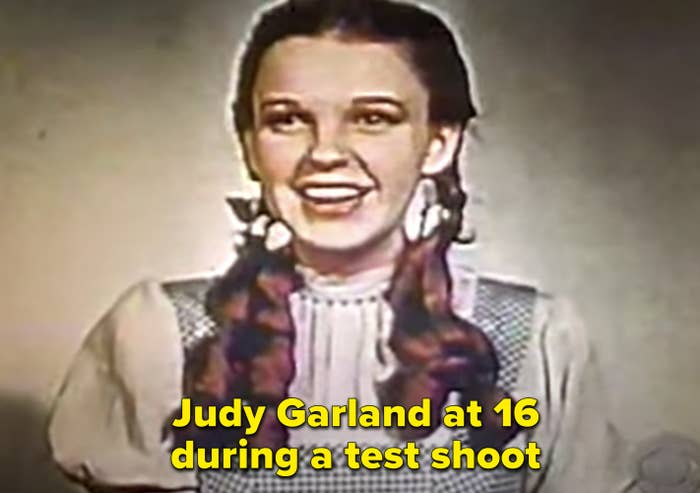
3. In fact, Louis B. Meyer apparently had Judy Garland on a strict diet of "black coffee, chicken soup, and 80 cigarettes a day," along with diet pills to reduce her appetite.
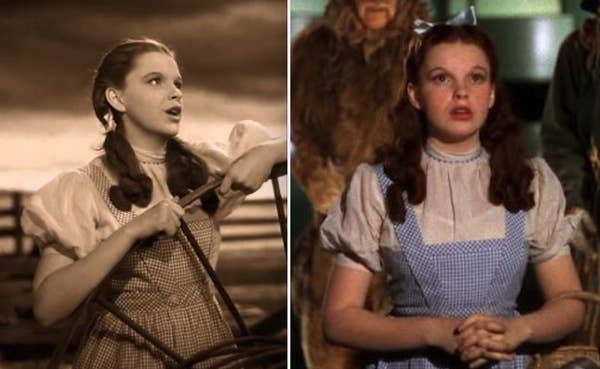
4. The male actors who played Munchkins would often torment Judy Garland on set, and some allegedly sexually assaulted her by putting their hands under her dress.
5. In fact, a lot of the Munchkin actors were so bad that an MGM employee was literally assigned to watch over them, and several of the actors ended up getting arrested between shoots.
6. Margaret Hamilton suffered such severe burns on her face and hand after a stunt went wrong that it looked "as though someone had taken the top of her hand and peeled it like an orange."
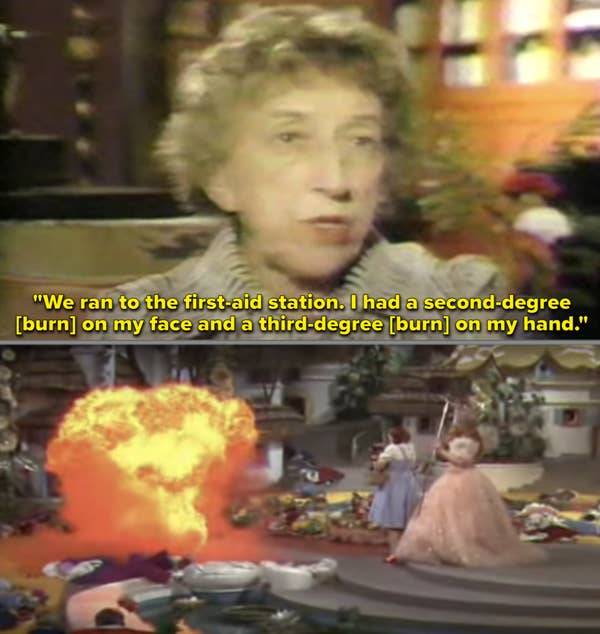
7. And the green makeup that was used for the Wicked Witch of the West's costume was so toxic that Margaret Hamilton was put on a strict liquid diet to avoid accidentally getting the paint in her mouth.
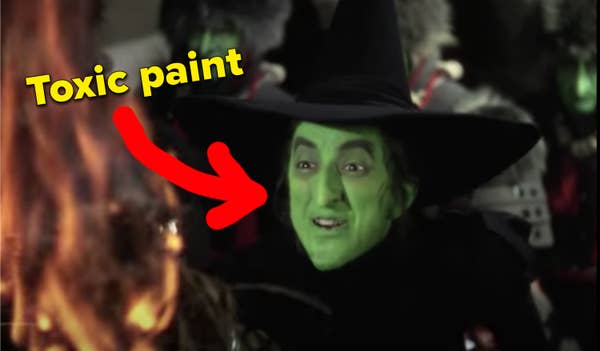
8. Although the studio used toxic paint on its actors, they decided to go for a safer route when it came to painting the colorful horses in Emerald City. For that effect, they used Jell-O powder.
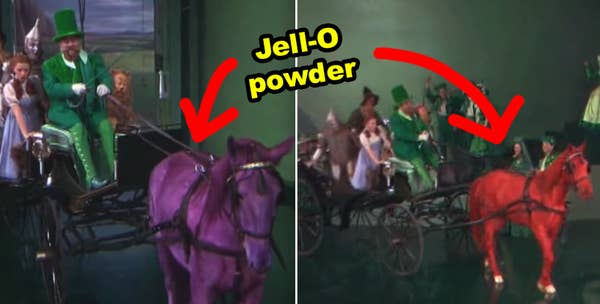
10. Betty Danko, Margaret Hamilton's stunt double, spent 11 days in the hospital after a pipe in the character's broomstick exploded.
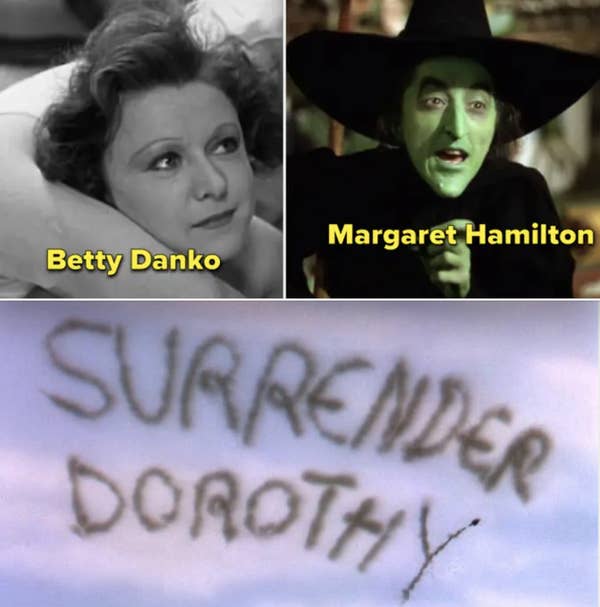
11. Buddy Ebsen was originally cast as the Tin Man, but the aluminum dust in his makeup was so toxic that it "nearly choked him to death," so he was replaced by Jack Haley.
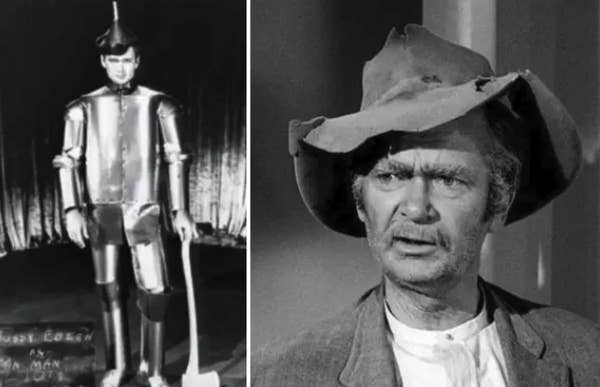
12. The actors who played Munchkins were only paid $50 a week...
13. ...And Terry, the dog who played Toto, was paid nearly three times as much as the Munchkins. She made $125 per week.
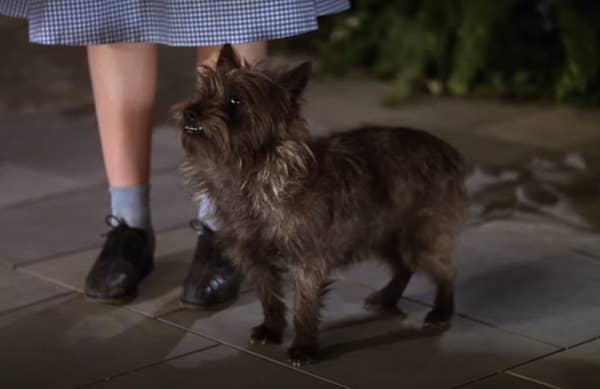
14. According to Judy Garland's biographer, her mother was actually the one who introduced her to pep pills as a way to help her "give an energetic performance," especially while shooting this movie.

15. One of the Munchkin actors got stuck in a toilet for 45 minutes on set, so MGM had to hire attendants to help the little people on and off toilets throughout the rest of production.
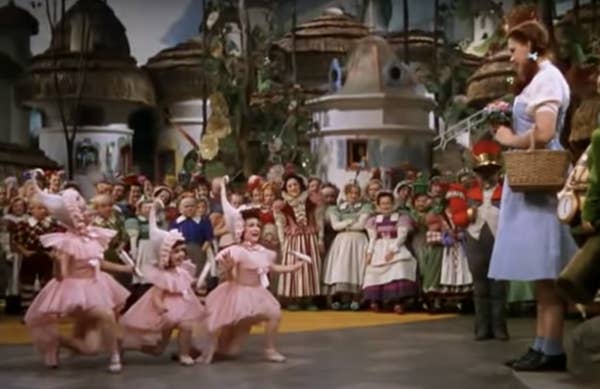
16. And the "snowstorm" that took place in the poppy field scene was actually asbestos — which is highly toxic — falling on the actors.
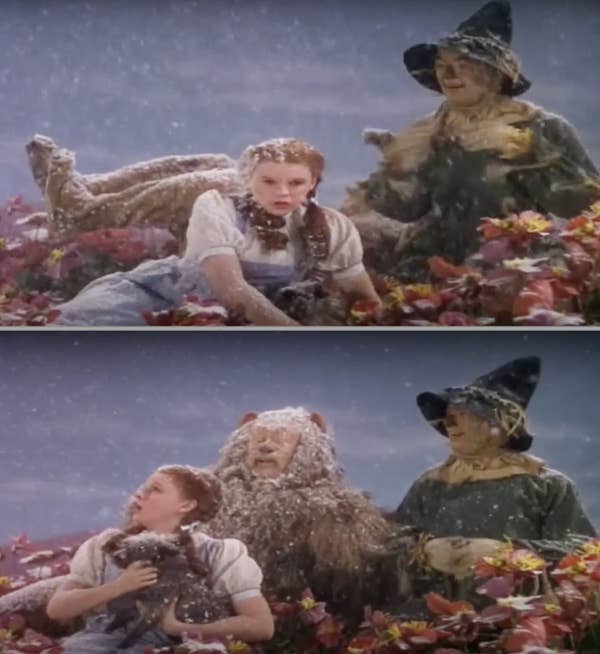
Reviews
No customer reviews for the moment.


